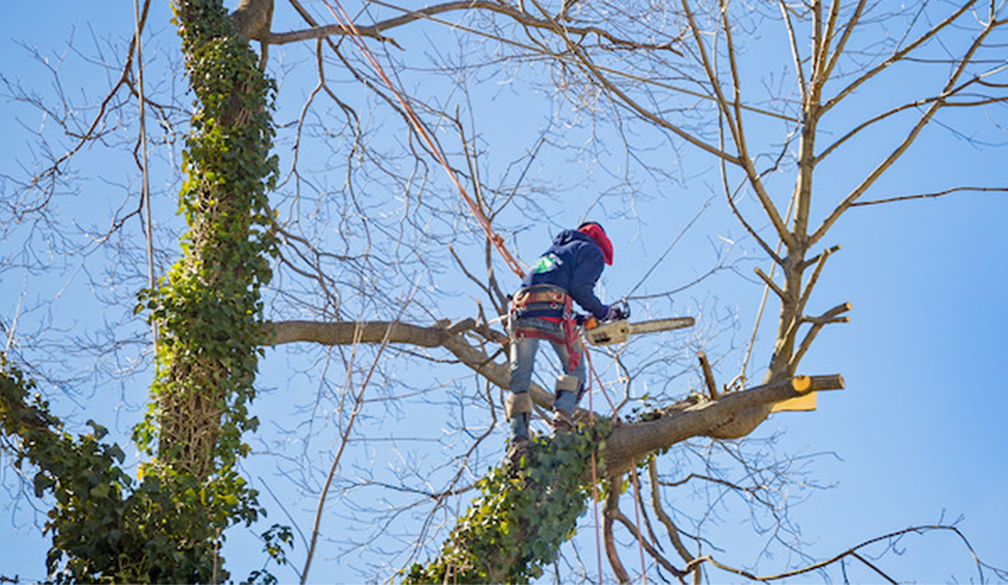A Homeowner's Guide to Recognising When a Tree Needs to Be Removed

Trees add beauty and value to our properties. However, they can become a hazard when sick, dying, or structurally compromised. Recognising when a tree is in trouble and needs intervention can sometimes be challenging. This article provides a homeowner's guide to recognising when a tree needs removal and how tree lopping or removal services can help.
Assessing Tree Health
The health of a tree can often be assessed by its outward appearance. Here are a few signs to look for:
Unusual Leaf Discolouration or Loss
If a tree's leaves are discoloured or falling off outside its normal cycle, it could indicate illness. It can often be seen in conifers where the needles turn brown and don't regenerate.
Fungi at the Tree Base
Mushrooms or other fungi growing at a tree's base can indicate internal rot and compromise the tree's stability.
Dead Branches
Dead or dying branches, especially if they are concentrated on one side of the tree, can indicate Structural serious health issues and can be a risk in wind or storm conditions.
Issues and Tree Lopping
Sometimes, a tree may be generally healthy, but structural issues can still make it a potential hazard. Tree lopping or removing large sections of a tree can help. However, if the tree's structural integrity is severely compromised, it may need to be removed entirely.
Leaning Trees
While many trees do not grow straight, a sudden or significant lean can indicate breakage or weakening in the roots and require immediate attention.
Multiple Trunks
A tree with multiple trunks or leaders can be structurally unstable. Look for cracks or splits where the trunks meet, indicating a potential failure.
Root Problems
Construction or soil erosion can expose or damage a tree's roots. Trees can fall over without a solid root system, especially in high winds.
Professional Tree Removal
In some cases, removal is the safest and only option for dealing with a compromised tree. Professional tree removal services have the experience and equipment to handle this dangerous job safely and efficiently. They can also help with the necessary permits and local regulations regarding tree removal.
The Importance of Regular Inspections
Regular inspections of your trees, especially older ones, can help identify potential issues before they become serious problems. An arborist can thoroughly evaluate and recommend appropriate actions like tree lopping or removal.
Conclusion
To summarise, homeowners should monitor their trees' health and structural stability. Signs of potential issues include unusual leaf discolouration or loss, fungi growth, dead branches, significant leaning, and exposed or damaged roots. Tree lopping can address these issues, but removal may be necessary in more severe cases. Regular professional inspections can help identify and deal with any problems early on, ensuring the safety and beauty of your property.










